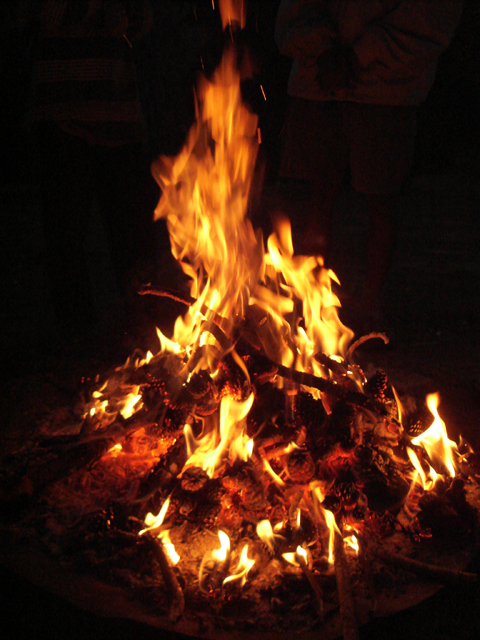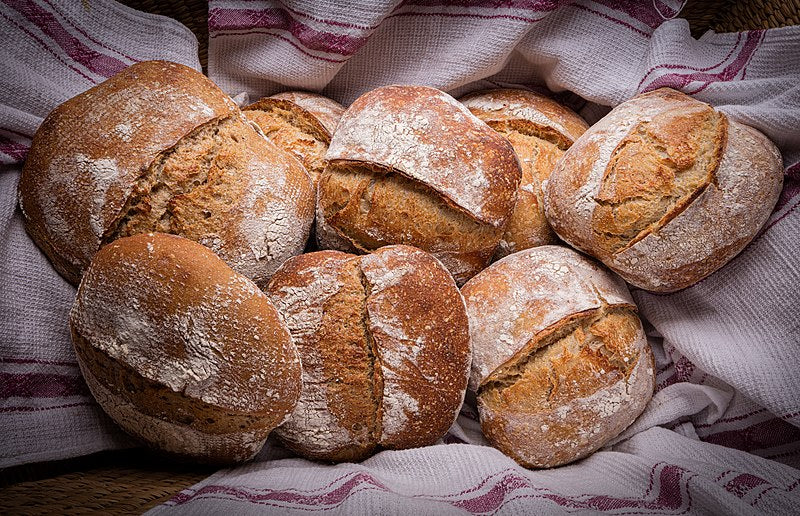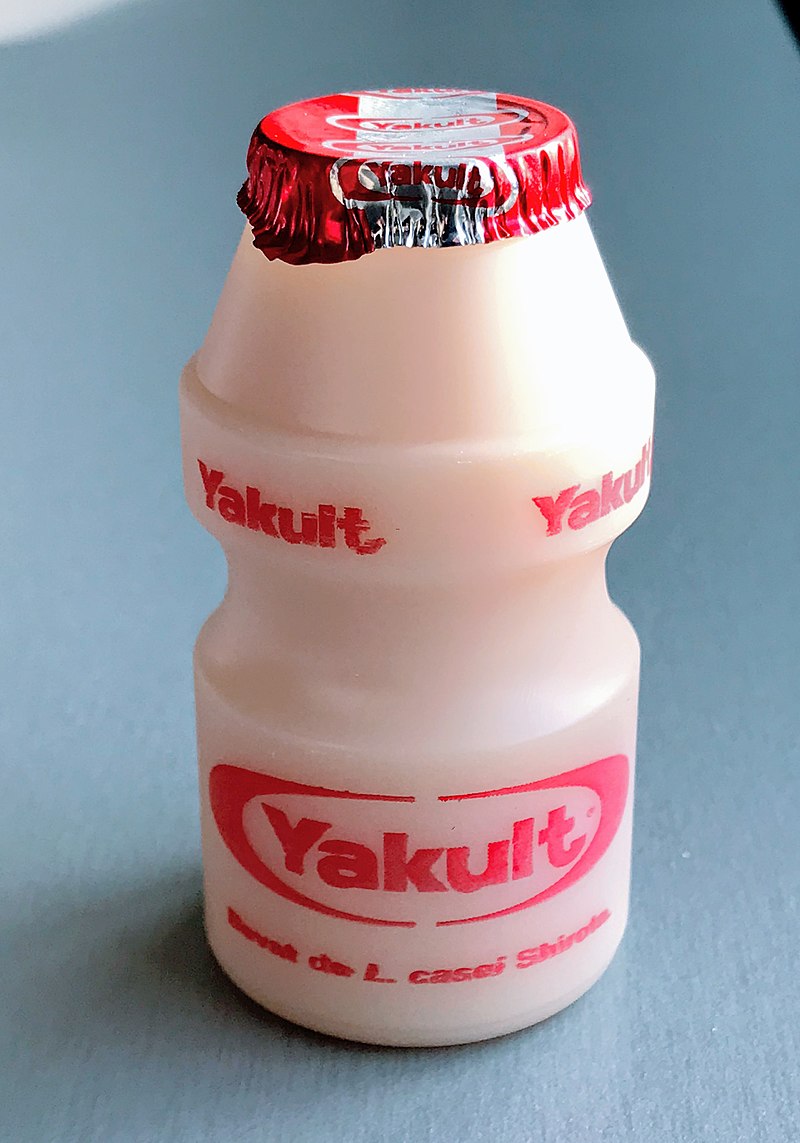
The Importance of Fire in Wilderness Living
If you have ever watched any television shows about bush craft or survival, you probably have noticed that all the participants seem to be obsessed with collecting fire wood and lighting fires.This is not a random coincidence!
Fire is without doubt, the most useful survival tool to the outdoor adventurer. More than a knife, sleeping bag, tent or torch a fire can keep you alive in many ways.

Photo: By Emeldil at English Wikipedia, CC BY-SA 3.0, https://commons.wikimedia.org/w/index.php?curid=3782539
So let's start with the obvious - fire for warmth. If you are living in any type of wilderness shelter, you will need to keep yourself warm. Hypothermia (severe cooling of the body) can be an issue, even when the ambient temperature is relatively high. Being wet or having damp clothing can severely restrict the body's ability to keep warm. Having a fire burning means you can keep dry and warm which means your body does not have to use up precious energy on maintaining body temperature.
Fire for water purification. When in the wild, it is always best to treat all water sources as being contaminated. Unless you are collecting rain water as it falls, all ground water may be contaminated and should be treated before consumption. Even though a body of water may look clean, it may still contain parasites, viruses, bacteria or chemical contaminants. These can all make a person very sick and can potentially be fatal. The simple act of boiling water (let it reach a rolling boil) will kill and render harmless all bacteria and viruses. It is a little harder to remove all chemical contaminants, although it is possible. Untreated water can be passed through a charcoal filter, which will remove many chemical pollutants, luckily a charcoal filter can be fashioned in the field.
Fire for cooking. As explained in our previous blog (here), fire can be used to make many inedible foods, edible. Cooking meats thoroughly will destroy parasites and bacteria that could make a person very sick. Not a situation you want when hundreds of miles away from a hospital. Fire can also be used to help preserve food long-term. Check out our blog BLOG, for more information.
Fire for tool making. Wooden tools can be hardened by exposing them to heat. This process removes moisture from the wood as well as causing internal sap to crystallise and harden. This is a form of almost instant wood seasoning. Spear tips, arrow heads, ground pegs and more can be treated with this technique. With the right set up, fire can also be used to forge steel and other metals, useful for tool making. Clay can be fired to make it water proof and sand can be melted to make glass.
Fire for protection. Keeping a fire lit in camp performs several important functions, in this respect. Large predators and small biting insects alike, are all wary of smoke and fire. Mosquitoes carrying Malaria, Dengue Fever, Zika Virus and Yellow Fever should not be ignored! These little terrors kill more people annually than all other predatory animal attacks combined. Having a smoky fire burning helps to mask a human's presence from these insects. If they can't find you, they can't bite you.
Fire for light. The night is long and full of terrors. Just because night has fallen, does not mean the working day has come to a close. Having light after nightfall allows you to finish up tasks or even start new ones. This can not be overlooked in long term wilderness survival. Many animals are nocturnal and need to be hunted at night, equally, predators which hunt at night need to be seen and defended against.
Making medicines. To get at the active ingredients of some plants, extractions need to be made through the act of heating or "cooking". Other useful extractions such as pitch pine glue or char cloth can only be produced through actively heating the raw ingredients.
Fire to attract rescue. Often an overlooked use of fire. Three fires in a row (three of anything in a row e.g. flags, stones, logs etc) is an internationally recognised distress symbol. Build your fire in a prominent position (on a hillside or mountain side or large exposed bay). Have three smaller fires ready to go (light these from the main fire). The smaller fires should consist of lots of dry material, covered in green vegetation. Green vegetation produces large volumes of white smoke which is visible from long distances (not ideal for snow laden conditions). The dry material should catch instantly and provide the real heat for the fire. Burning rubber produces large plumes of black smoke (better for snowy conditions).
For more information on wilderness fire lighting check out our blog "Camp Fire Lighting For Beginners" available here -> Fire Blog
Get out and stay warm.
The Bushgear Team.


